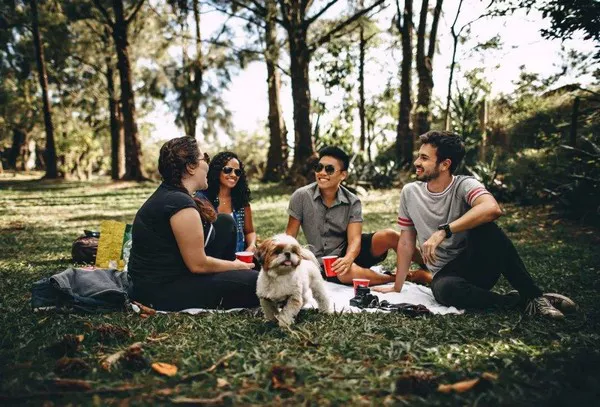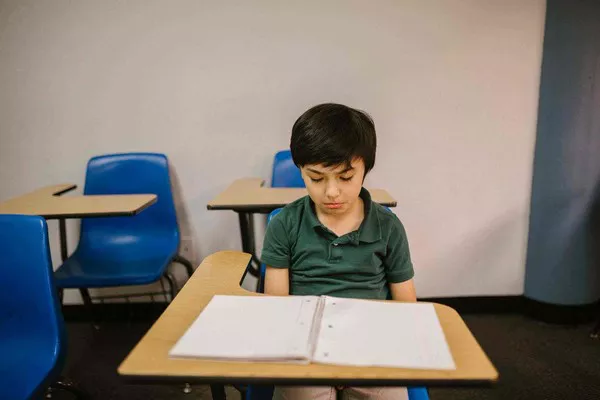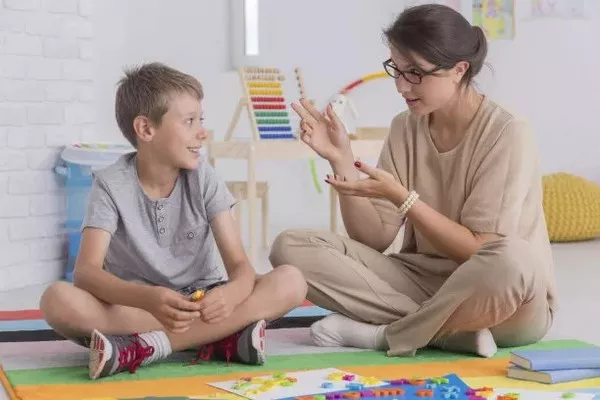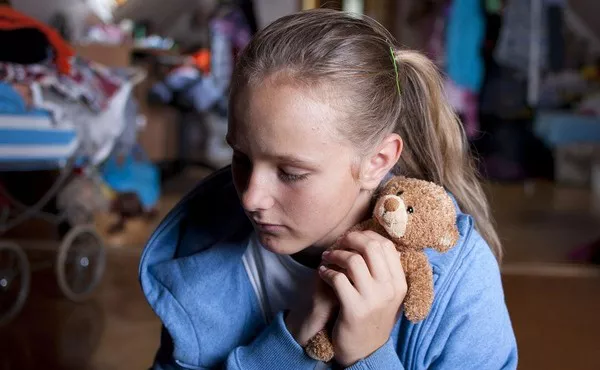Friendships are among the most cherished relationships in our lives, often providing emotional support, companionship, and a sense of belonging. However, not all friendships last forever. The end of a friendship can be as painful as a romantic breakup, leading to feelings of sadness, confusion, and even anger. Whether the friendship ended due to a misunderstanding, drifting apart, or a significant disagreement, navigating the emotional aftermath can be challenging. In this article, we will explore effective strategies for moving on when a friendship ends, promoting healing and personal growth.
Understanding the Emotional Impact
Before diving into the strategies for moving on, it is essential to acknowledge the emotional impact of losing a friendship. The end of a friendship can trigger various emotions, including grief, loneliness, and a sense of betrayal. Understanding these feelings can help you process the loss more effectively.
Grief: The end of a friendship often involves a grieving process similar to losing a loved one. You may mourn the companionship, shared experiences, and support that the friendship provided. Allowing yourself to grieve is a vital step in healing.
Loneliness: Friends often fill a social void, and their absence can leave you feeling isolated. It’s natural to miss the shared moments and conversations, leading to a sense of emptiness.
Betrayal: If the friendship ended due to conflict or hurtful behavior, feelings of betrayal may arise. This can complicate the grieving process, as you may struggle with anger or resentment towards the other person.
Step 1: Allow Yourself to Feel
One of the most important aspects of moving on is allowing yourself to feel your emotions fully. Suppressing your feelings can lead to unresolved pain and hinder the healing process. Instead, take the time to reflect on your emotions and give yourself permission to feel sad, angry, or confused.
Journaling: Writing about your feelings can help you process your emotions and gain clarity. Consider journaling your thoughts about the friendship, how it ended, and how you feel now.
Talk to Someone: Sharing your feelings with a trusted friend or family member can provide comfort and perspective. They may offer insights that help you understand the situation better.
Acknowledge the Loss: Recognize that the end of the friendship is a significant loss. Allowing yourself to grieve the relationship can facilitate healing.
Step 2: Reflect on the Friendship
After processing your emotions, it’s essential to reflect on the friendship and what you can learn from it. Consider the following aspects:
What Went Well: Think about the positive aspects of the friendship. What did you enjoy most about it? Recognizing the good moments can provide a sense of closure and gratitude.
What Went Wrong: Analyze the reasons behind the friendship’s ending. Was there a specific conflict or a gradual drifting apart? Understanding the dynamics can help you identify patterns that may influence future relationships.
Personal Growth: Reflect on how the friendship contributed to your personal growth. Did it teach you about communication, trust, or boundaries? Every experience, even challenging ones, can offer valuable lessons.
Step 3: Set Boundaries
Once you’ve reflected on the friendship, it’s important to set boundaries that support your healing process. This may involve distancing yourself from the person or the environment associated with the friendship.
Limit Contact: If possible, reduce or eliminate contact with the person for a while. This space can provide clarity and help you regain a sense of self without their influence.
Remove Reminders: Consider removing items that remind you of the friendship, such as photos or gifts. This can create a fresh mental space for you to heal.
Reassess Social Circles: If the friendship ended due to conflicts within a larger social circle, evaluate your involvement with mutual friends. You may need to establish new social connections to feel supported.
See Also: How to Differentiate Friendship and Love?
Step 4: Focus on Self-Care
Prioritizing self-care is crucial during the healing process. Engaging in activities that nurture your well-being can help you regain a sense of balance and happiness.
Physical Activity: Exercise has proven psychological benefits, including reducing stress and anxiety. Engage in physical activities you enjoy, whether it’s going for a run, practicing yoga, or dancing.
Pursue Hobbies: Rediscover hobbies or interests that bring you joy. Engaging in activities you love can improve your mood and foster a sense of fulfillment.
Practice Mindfulness: Mindfulness techniques, such as meditation or deep breathing, can help you stay present and manage overwhelming emotions. These practices promote relaxation and emotional regulation.
Healthy Eating and Sleep: Maintaining a balanced diet and getting adequate sleep are essential for your overall well-being. A healthy lifestyle can improve your mood and energy levels, facilitating healing.
Step 5: Build New Connections
While it’s essential to take the time to heal, it’s also important to look forward and build new connections. Expanding your social circle can foster a sense of belonging and support.
Join Clubs or Groups: Explore local clubs, organizations, or classes that align with your interests. Meeting new people in a shared environment can help you forge new friendships.
Reconnect with Old Friends: Reach out to acquaintances or friends you may have lost touch with. Rebuilding these connections can provide a supportive network as you move forward.
Be Open to New Experiences: Attend social events or try new activities to meet different people. Embracing new experiences can introduce you to potential friends who share your values and interests.
Step 6: Seek Professional Support
If you find it challenging to cope with the end of a friendship, seeking professional support can be beneficial. A therapist or counselor can provide a safe space to explore your feelings and develop coping strategies.
Individual Therapy: A therapist can help you process your emotions, understand your patterns in relationships, and guide you in developing healthier connections in the future.
Support Groups: Consider joining a support group for individuals experiencing similar challenges. Sharing your experiences with others can foster a sense of community and understanding.
Step 7: Embrace Personal Growth
The end of a friendship can serve as an opportunity for personal growth. Embracing change and focusing on self-improvement can lead to a more fulfilling life.
Set Goals: Identify personal goals you want to achieve. Whether they involve career, hobbies, or self-development, setting clear goals can provide direction and motivation.
Practice Gratitude: Cultivating a gratitude practice can shift your focus from loss to appreciation. Take time each day to reflect on the positive aspects of your life, including supportive relationships.
Be Kind to Yourself: Moving on from a friendship can take time. Practice self-compassion and avoid self-criticism during this healing journey. Understand that it’s okay to feel sad or uncertain as you navigate this transition.
Conclusion
Ending a friendship can be a painful experience, but it also presents an opportunity for reflection, growth, and self-discovery. By allowing yourself to feel your emotions, reflecting on the friendship, setting boundaries, prioritizing self-care, building new connections, seeking professional support, and embracing personal growth, you can navigate this challenging time more effectively.
Remember, healing is a journey that requires patience and self-compassion. As you move on from the end of a friendship, trust that new relationships and experiences await you, bringing joy and fulfillment into your life. Embrace the process, learn from your experiences, and allow yourself to grow as you embark on this new chapter.
Related topics:





















